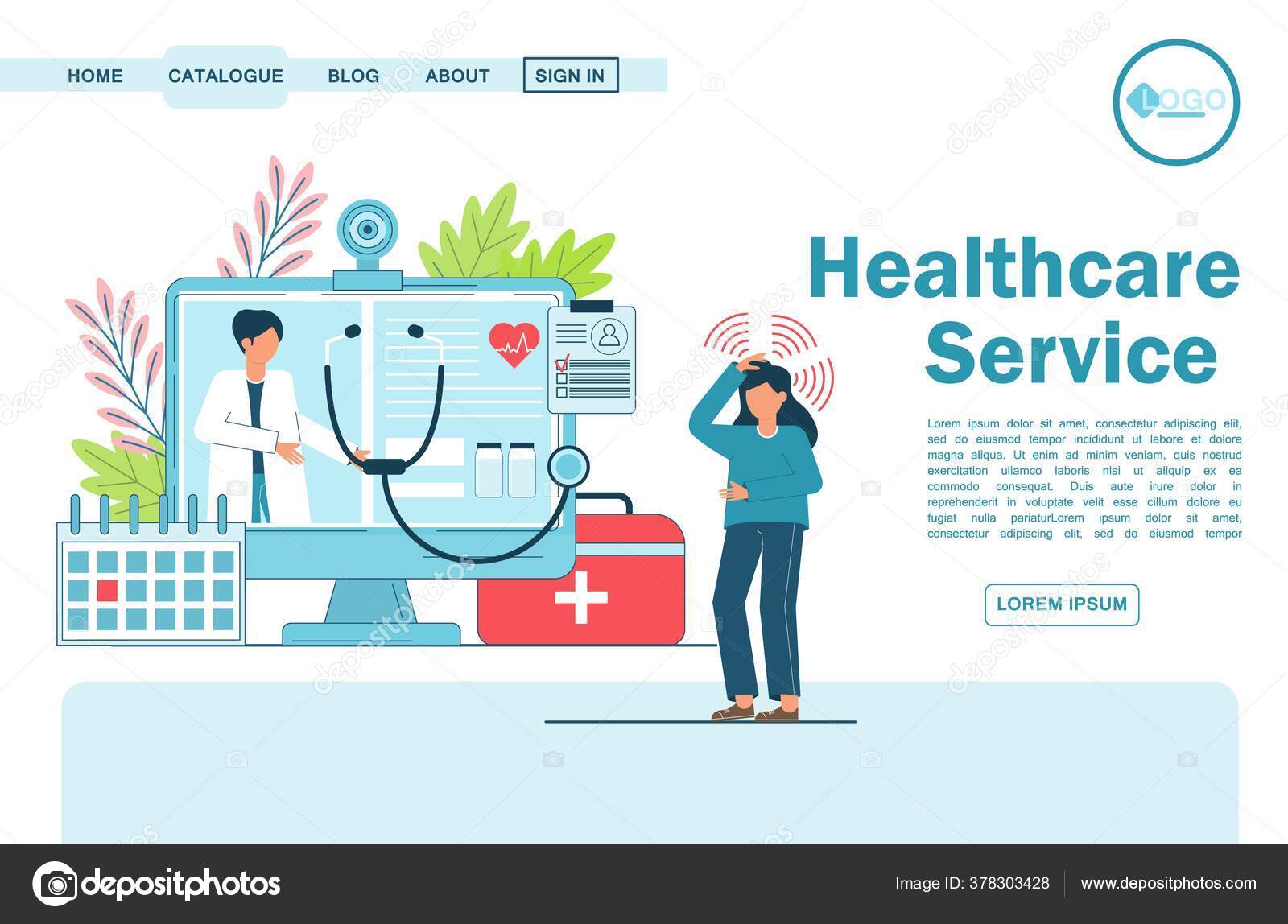Checking out the Development of Subscription Based Healthcare in the Digital Age
Wiki Article
Comprehending the Cost-Effectiveness of Subscription-Based Medical Care Models
As the medical care landscape evolves, subscription-based designs arise as a compelling alternative, guaranteeing to redefine how individuals handle clinical expenses. Reviewing these models' cost-effectiveness requires a nuanced comparison with typical insurance policy, taking into consideration both monetary ramifications and person fulfillment.Summary of Subscription-Based Designs
Subscription-based medical care models, in some cases referred to as direct health care or concierge medicine, are increasingly acquiring attention as a potential option to inefficiencies within traditional medical care systems. These designs operate the concept of offering individuals straight accessibility to medical care suppliers with a yearly or month-to-month cost, bypassing the need for standard insurance policy devices. This plan intends to improve patient-provider interactions by reducing administrative worries, which usually hinder timely and tailored care.At the core of subscription-based models is the emphasis on an extra tailored person experience. Patients benefit from boosted accessibility to their medical professionals, typically including same-day or next-day consultations, prolonged assessment times, and direct interaction networks such as phone or video telephone calls. This model promotes a proactive strategy to medical care, where service providers and patients can collaboratively concentrate on preventative treatment and chronic disease monitoring.

Price Comparison With Typical Insurance Coverage

One of the primary monetary benefits of subscription models is openness in expenses. Alternatively, conventional insurance coverage may be a lot more advantageous for individuals calling for specialized treatment or expensive therapies not covered under a membership model, as they benefit from the wider coverage network and cost-sharing devices.
Nonetheless, cost-effectiveness is context-dependent. While subscription versions may provide financial savings for those mainly requiring main treatment, people with chronic problems or specialized medical care requirements may find typical insurance coverage much more thorough. Evaluating particular medical care requirements and possible use is essential in identifying the most affordable alternative for individuals.
Influence on Client Satisfaction
Client contentment within subscription-based healthcare designs typically shows a significant renovation over conventional insurance systems. This enhancement is primarily credited to the customized care and access these models provide. Clients often report greater complete satisfaction because of minimized delay times and the simplicity of organizing visits. Unlike traditional systems, where patients might experience hold-ups in obtaining treatment, subscription-based designs make sure even more timely and direct interactions with doctor.Furthermore, the transparency in costs related to subscription-based medical care alleviates the typical Homepage disappointments connected to unanticipated fees and complicated payment processes seen in traditional insurance coverage (subscription based healthcare). Individuals value knowing the precise economic dedication upfront, causing raised count on and confidence in their medical care administration
In addition, the focus on preventative treatment and wellness in registration versions adds to enhanced health results, further boosting patient fulfillment. By focusing on ongoing health and wellness maintenance instead of anecdotal care, individuals experience a more continual and alternative health care trip.
Additionally, the improved provider-patient connection promoted go now in these versions, defined by more time spent per person and individualized interest, plays an important role in boosting person satisfaction levels, as clients feel genuinely cared for and understood.
copyright Perspectives and Experiences
From the service provider's viewpoint, subscription-based medical care models provide a transformative technique to providing medical solutions. These models highlight a positive and preventative healthcare method, permitting suppliers to concentrate on thorough patient treatment without the restraints of traditional fee-for-service plans (subscription based healthcare). This shift in focus frequently results in boosted patient end results and boosted supplier contentment, as health care experts can allot even more time and sources to person interaction and personalized treatment plansIn addition, membership versions help with foreseeable income streams, which boost economic stability for healthcare carriers. This predictability permits improved source preparation and allotment, adding to an extra effective health care shipment system. Service providers can buy team framework, training, and innovation enhancements, therefore boosting the high quality of care supplied.
Nonetheless, the shift to subscription-based models is not without challenges. Service providers have to adjust to new functional structures, which can include considerable adjustments in payment practices and person administration systems. Furthermore, there is an integral requirement for robust data monitoring to track patient end results and make sure quality care. Despite these obstacles, many carriers discover that the advantages of boosted client communication and streamlined operations surpass the preliminary challenges, making subscription-based models an eye-catching option.
Future Potential Customers and Challenges

A primary challenge is governing compliance, as registration versions need to stick to evolving healthcare plans and insurance needs. This requires constant adaptation and development to make sure alignment with legal criteria. Additionally, integrating these models right into existing medical care facilities can be intricate, needing significant investments in modern technology and training.
There Source is additionally the prospective threat of producing injustices in health care accessibility, as membership versions could favor those that can manage them, leaving vulnerable populations underserved. Addressing this calls for thoughtful consideration of rates strategies and subsidy systems to ensure inclusivity.
Verdict
Subscription-based health care models offer a practical option to standard insurance policy by supplying economic predictability and transparency, specifically benefiting people with chronic conditions or frequent healthcare demands. The cost-effectiveness of these models is contingent upon private healthcare usage patterns and circumstances. While they may boost patient complete satisfaction and enhance budgeting, obstacles continue to be in addressing specialized care requirements. Future considerations include balancing extensive coverage with cost and integrating these models within the broader health care system for optimal end results.Subscription-based health care models, often referred to as direct primary treatment or attendant medicine, are increasingly getting focus as a possible remedy to ineffectiveness within typical health care systems. Unlike standard systems, where clients might experience hold-ups in getting care, subscription-based models make certain even more prompt and direct interactions with healthcare suppliers.
These versions emphasize a preventative and proactive health care method, allowing companies to concentrate on detailed patient treatment without the restrictions of conventional fee-for-service plans. As these models proceed to obtain traction, they offer the prospective to change person access to care, simplify service delivery, and maximize healthcare costs.Subscription-based healthcare models present a practical option to typical insurance by offering financial predictability and transparency, particularly benefiting people with chronic conditions or constant health care needs.
Report this wiki page